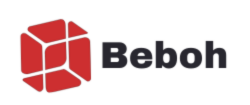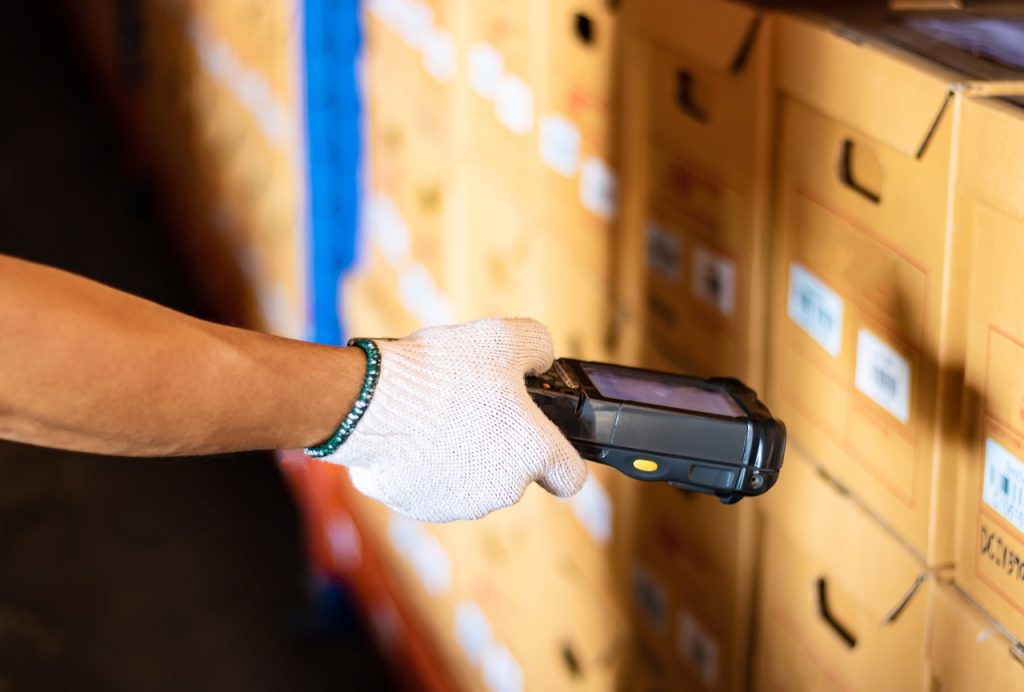Inventory management has been a fundamental part in stock management and monitoring. Different people have done it in various ways using different devices; one of the common ways being manual stock inventory which involves using spreadsheets or writing in a stock book. However, this has proven challenging where stock is in large numbers and is being handled by more than one person. The challenge has pushed business owners to look for better and simpler ways to track and control stock that is adequately effective. With the evolving stock inventory world came the Barcode Stock System.
A barcode is basically a machine-readable representation of individual information in alphanumeric characters which is coded in bars and spaces, parallel to each other. The barcode was first created in the early 1950s aiming at creating a system that would automatically read the product information on checkout. There was the invention of bull’s eye and linear codes which were widely used in the early 1970s in supermarkets. Unfortunately, the bull’s eye code was laid off after it was noticed that extra ink stained the code and rendered it unreadable.
Since then, the linear code or bar code has been used in checkouts, with advancements being made from 1-dimensional codes which identified the product and it manufacturer only. There are over thirty known barcodes presently in use, which a user can modify to hold the needed information and come in 2 dimensions too. Barcodes are now used in creating and monitoring inventory systems in that, barcode identifiers are created for individual products. The barcodes are then scanned at checkout using a reader and the information embedded on the code is updated into the system and the inventory system gets to automatically update itself.
Factors considered when adopting a barcode system
Identifying barcode standards
This involves identifying industry-specific barcodes and the size required.
Defining barcode uses
Especially for the manufacturers and processors, defining the use of an asset or good helps evaluate the final cost of the end product. Such as goods bought to resell or goods bought for use.
Choosing barcode data
This is the data that will be embedded into the code concerning a certain item.
Selecting hardware and software
It is crucial to choose software and hardware that integrates and is easy to use.
Benefits of using Barcode Stock System
Creates perpetual inventory counts.
Controlling safety stock levels.
Determining the economic order quantity.










